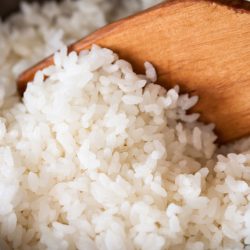No salad is complete without a delicious dressing to make it shine. Oil and vinegar dressings are some of the most traditional, nutritious, and tasty, but what kind of oil and vinegar should you use? We've researched this topic, and here's what you need to know:
You can use a variety of oils and vinegars for salad dressing.
Some of the most common oils include:
- Olive Oil
- Canola Oil
- Walnut Oil
- Hazelnut Oil
- Sesame Oil
And these are some of the most popular vinegars for salad dressing:
- Red and White Wine Vinegar
- Balsamic Vinegar
- Sherry Vinegar
- Apple Cider Vinegar
- Rice Vinegar
In this article, we'll take a closer look at all of these and more. We'll learn how they taste and see some great recipes with all of them. We'll also take a closer look at the ratio for oil and vinegar and the use of mustard in vinaigrettes.
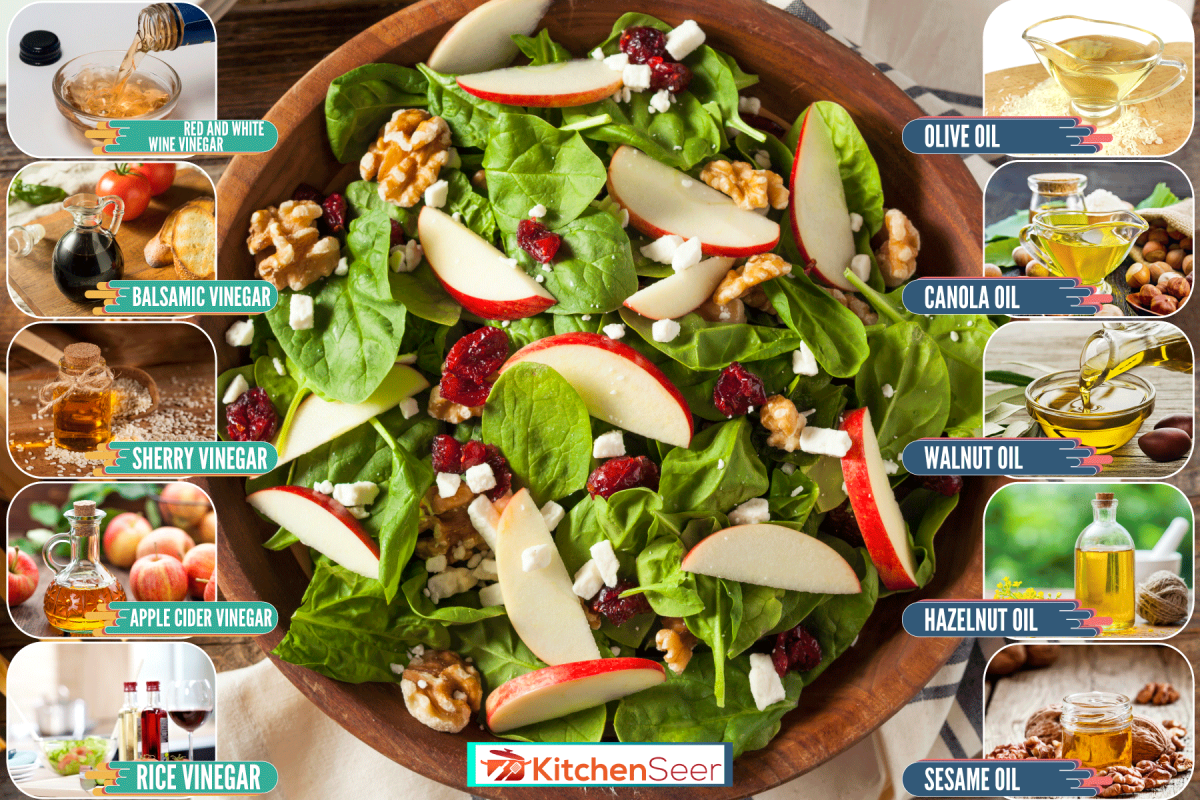
Best Oils for Salad Dressing
Oil is an essential ingredient for most salad dressings. Oil adds richness to salads and can even help you absorb the nutrients from your salad better!

Let's look at a few of the best oils for whisking up your next dressing.
Olive Oil
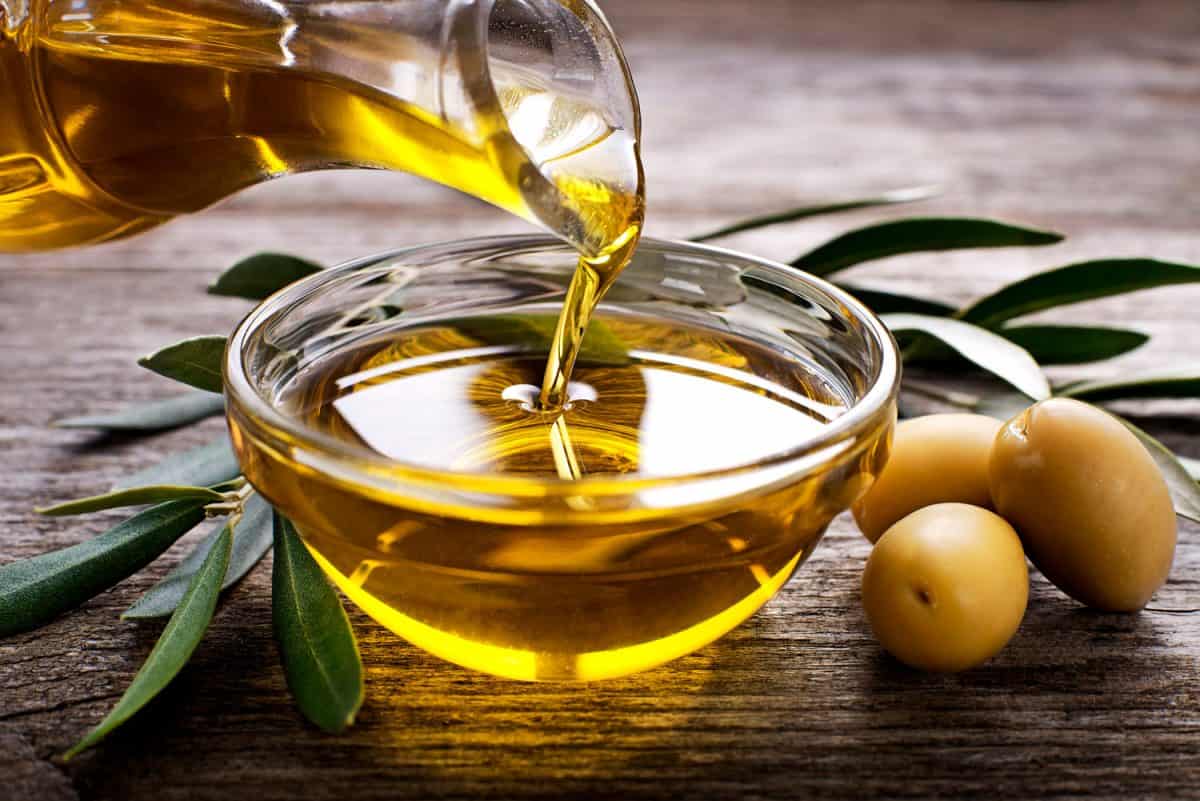
Olive oil is the classic when it comes to dressing salads. This oil is prized for its naturally fruity and herbal taste.
When making a dressing with olive oil, reach for extra virgin olive oil. This is made with cold-pressed olives and has a purer flavor than those simply labeled olive oil.
Olive oil works well with just about every vinegar as well as other acidic ingredients, such as lemon juice.
If the great taste of olive oil isn't enough to convince you, the potential health benefits might.
Many researchers have suggested that the antioxidants and other properties of extra virgin olive oil help protect against heart disease, certain types of cancer, and even oxidative stress associated with aging.
For a great recipe with olive oil and room for variation, check out this classic vinaigrette recipe from Cookie and Kate.
Canola Oil
While olive oil is celebrated for it's recognizable flavor, canola oil, also known as rapeseed oil, has a much more neutral flavor and aroma.
This makes it a great choice for those who find olive oil overpowering or bitter in salad dressing.
Just as with olive oil, look for cold-pressed canola oil for the best flavor and health benefits.
Check out this recipe for a great dressing with canola oil, balsamic vinegar, lemon juice, and blueberries.
Walnut Oil
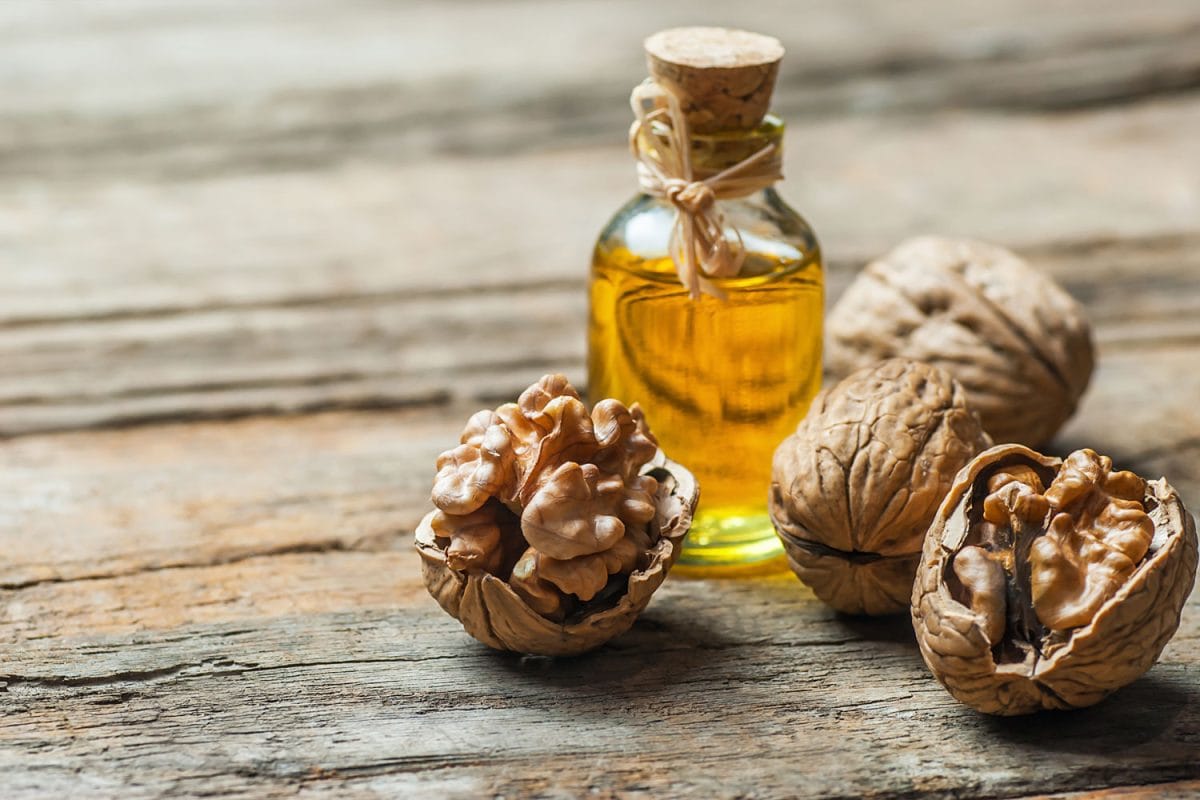
While olive oil and canola oil can be found in abundance at most shops, walnut oil is a little less common. This is a shame.
Walnut oil has a delightful nutty flavor and aroma. Unlike the nuts themselves, the oil doesn't have a bitter taste and is actually slightly sweet.
This is because the characterstic bitterness of walnuts comes from the skin. When you taste the oil, you get to enjoy the walnut's sweeter and subtler flavors.
Walnut oil is available in both raw and roasted forms. Roasted oil has even stronger nutty flavors, making it really shine, such as in this recipe from Health Seasonal Recipes.
Hazelnut Oil
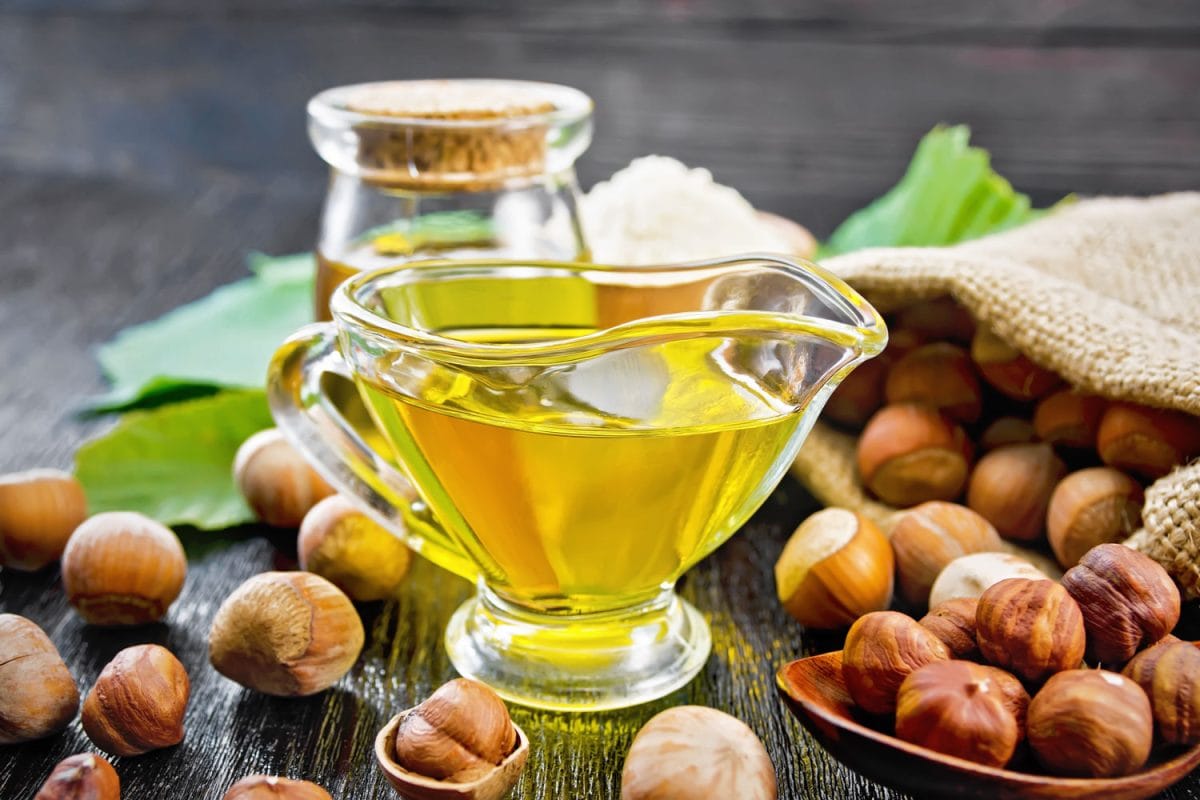
Another nut oil that deserves more attention, hazelnut oil is similar to walnut oil but has a distinct hazelnut flavor, as you might expect.
Hazelnut oil has a stronger flavor that can be overpowering. Because of this, it's often mixed with other oils for salad dressing.
It also means that hazelnut oil stands up well to salads with strong flavors, like in this recipe for lentil salad with hazelnut oil dressing from Food and Wine.
Sesame Oil
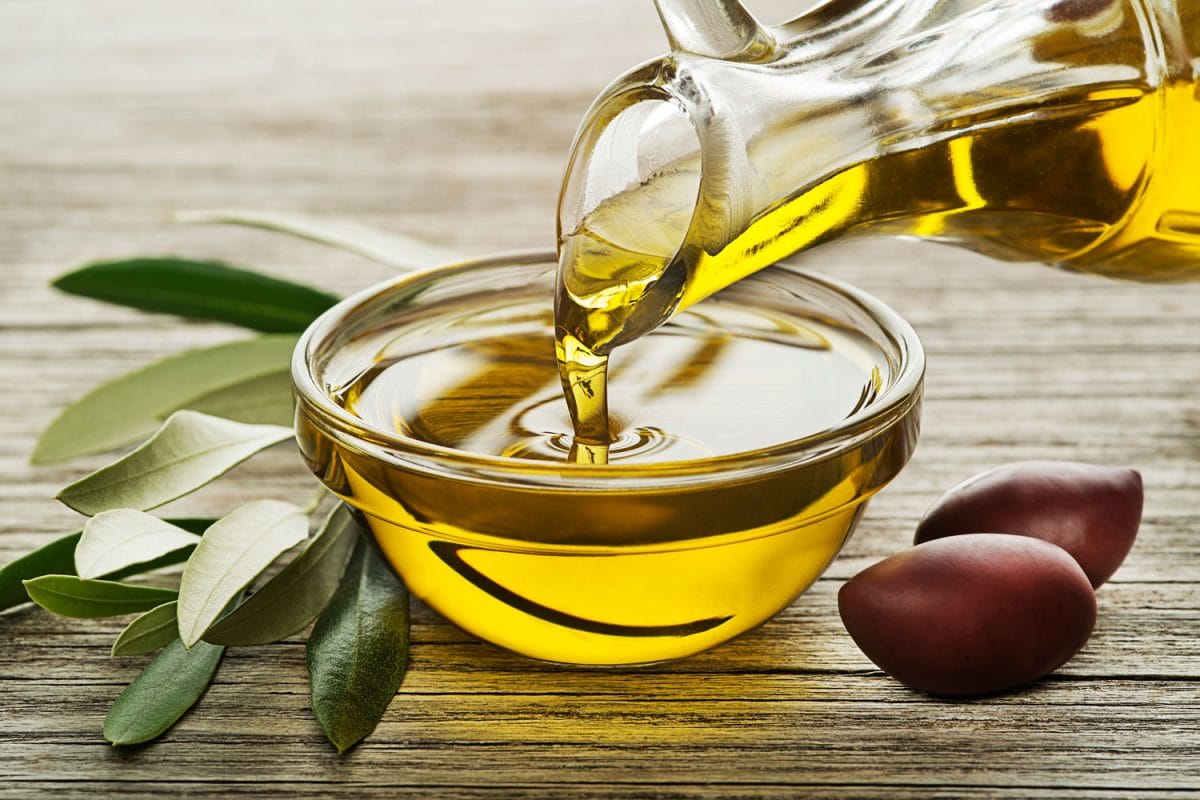
One of the most flavorful oils, it only takes a little sesame oil to go a long way. This is especially true of toasted sesame oil.
As you can probably guess, sesame oil tastes a lot like sesame seeds. It's a popular option in places where sesame is a common ingredient, as in this recipe for Japanese sesame dressing from The Spruce Eats.
Sesame dressing can be a nice way to add some variety to your standard salad.
Other Oils
The oils listed above are just some of the great choices for making vinaigrette. Flaxseed oil, grapeseed oil, peanut oil, coconut oil, and even standard vegetable oil can all be used to make great dressing.
Best Vinegars for Salad Dressing
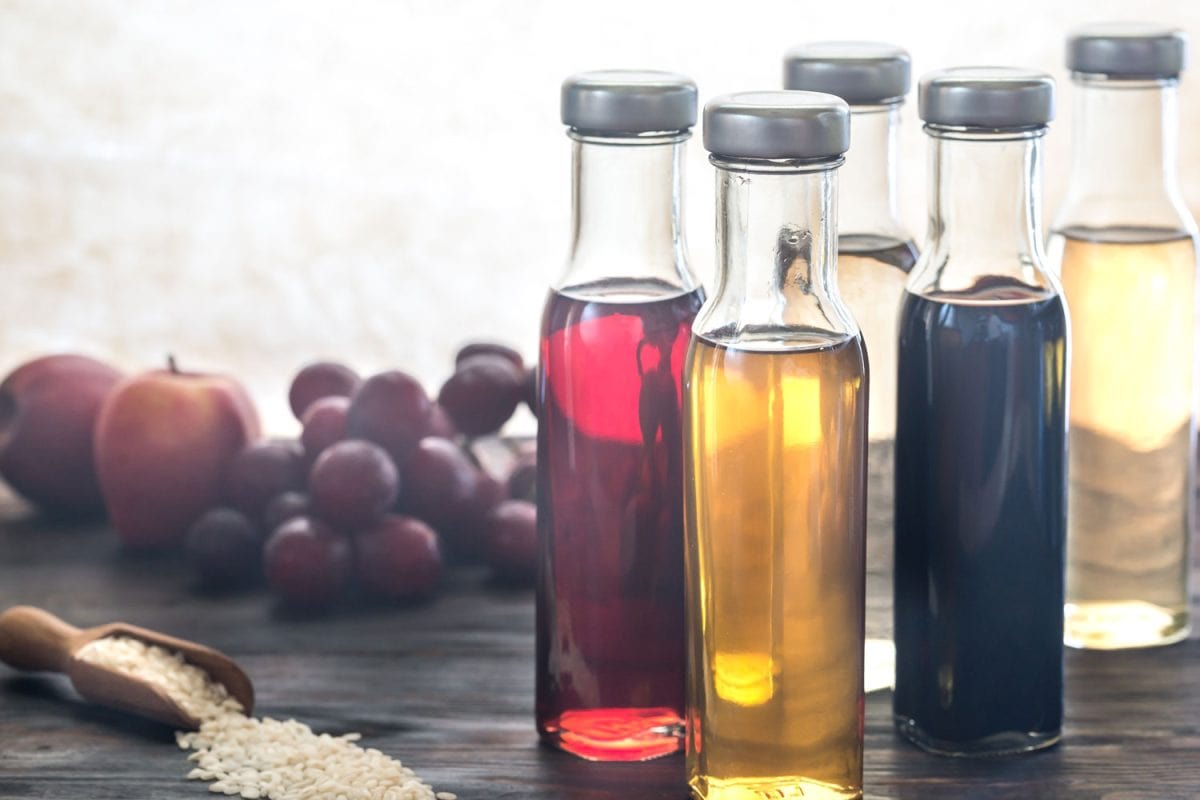
While oil adds richness and body to salad dressing, vinegar adds brightness and tang. This acidic flavor enhancer can make your salad sing. Because of this, it's no surprise that vinaigrette is named after this essential ingredient.
Let's take a look at a few of the top varieties of vinegar for topping your greens.
Red and White Wine Vinegar

The word "vinegar" literally translates to "sour wine." Of course, there's more to the process than that, but a lot of vinegar is still made from wine.
You may notice that red wine vinegar has a more robust flavor profile than white wine vinegar. However, the most obvious distinction will be the color.
Both of these vinegars are a popular choice for making vinaigrette, as in this recipe from Rachel Cooks.
Balsamic Vinegar
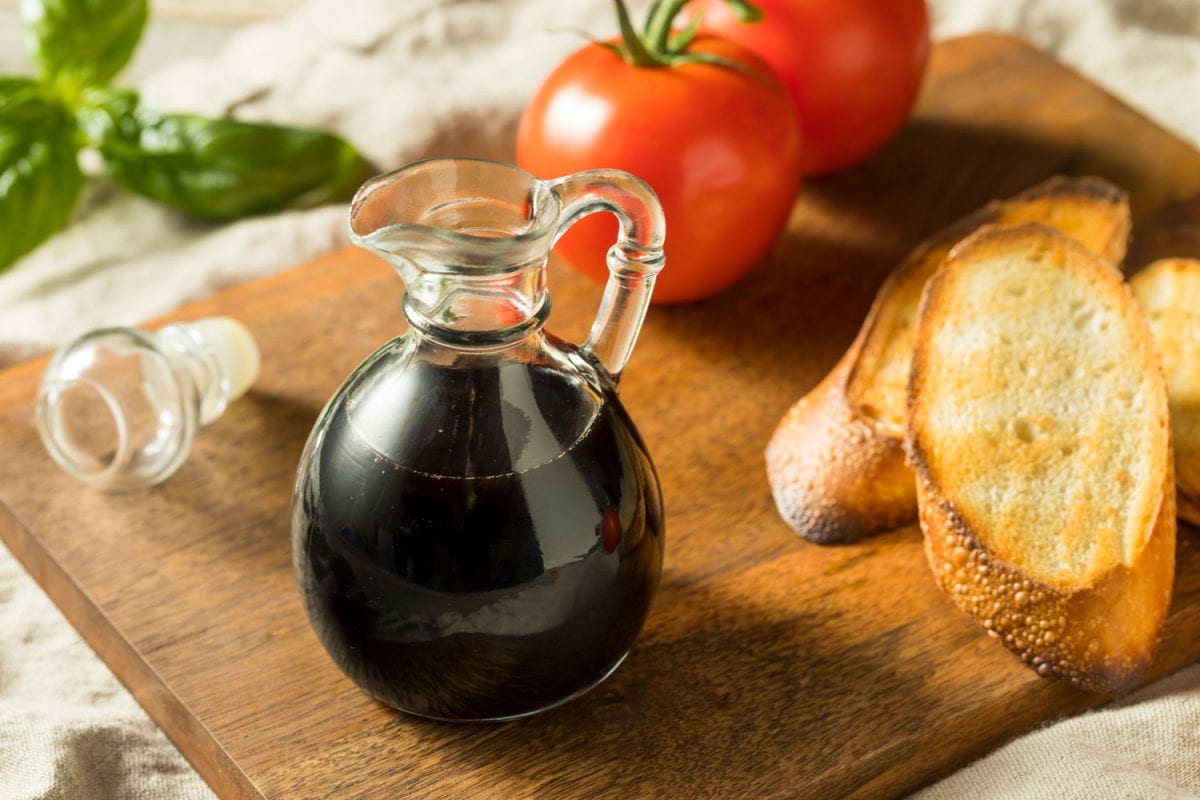
Balsamic vinegar is immediately recognizable for its dark color and more viscous consistency. It is a popular ingredient from Italy and is featured in many Italian dressings.
Balsamic vinegar is concentrated and aged, in some cases for years. This gives it an intense flavor that is sweet and complex.
Some find the dark color of balsamic vinaigrette off-putting, but the rich flavor makes it a popular choice around the world. Check out this recipe to make your own.
You can also try white balsamic vinegar for a little variety.
Sherry Vinegar
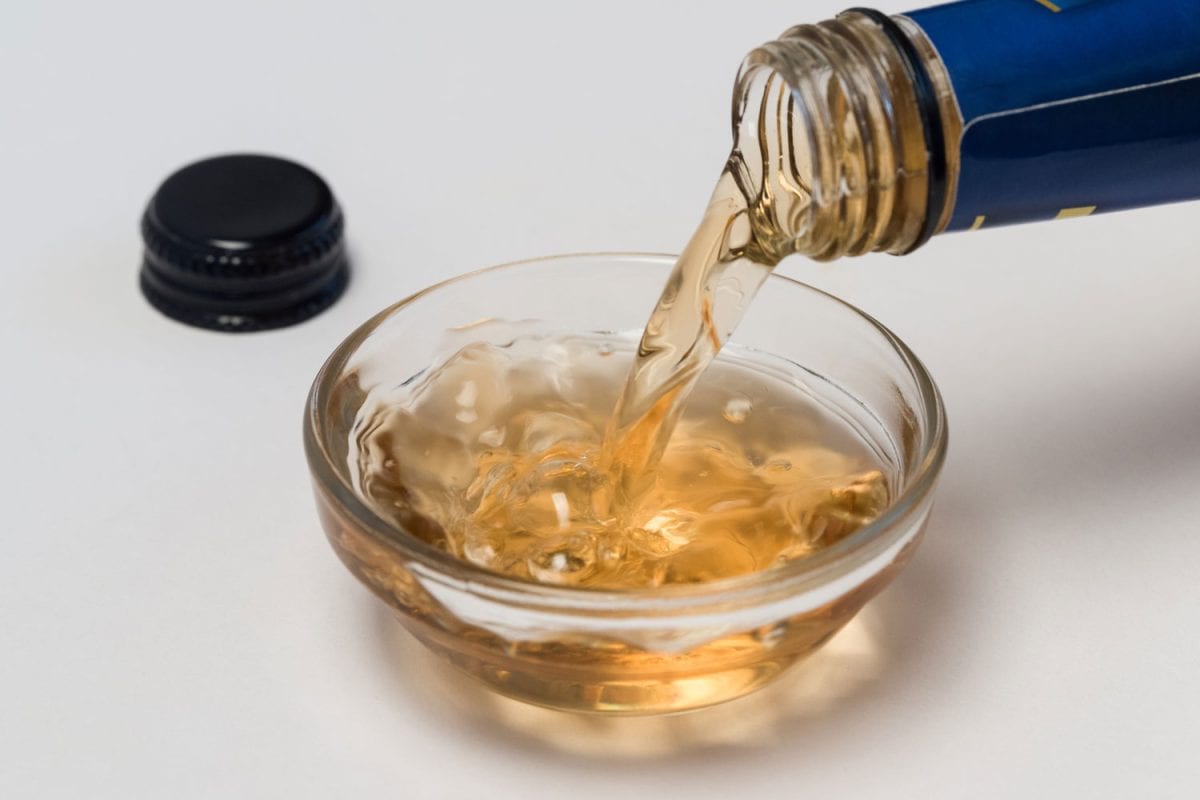
Sherry vinegar is similar in many ways to red wine vinegar. However, this Spanish vinegar is usually less acidic than your typical red wine vinegar.
Sherry vinegar is made, as you might have guessed, from sherry. Sherry is a fortified wine from Jerez, Spain, where it gets its name.
Spain is also well-known for its olives, so it's no surprise that most sherry vinaigrettes call for olive oil, including this recipe from Food and Wine.
Apple Cider Vinegar
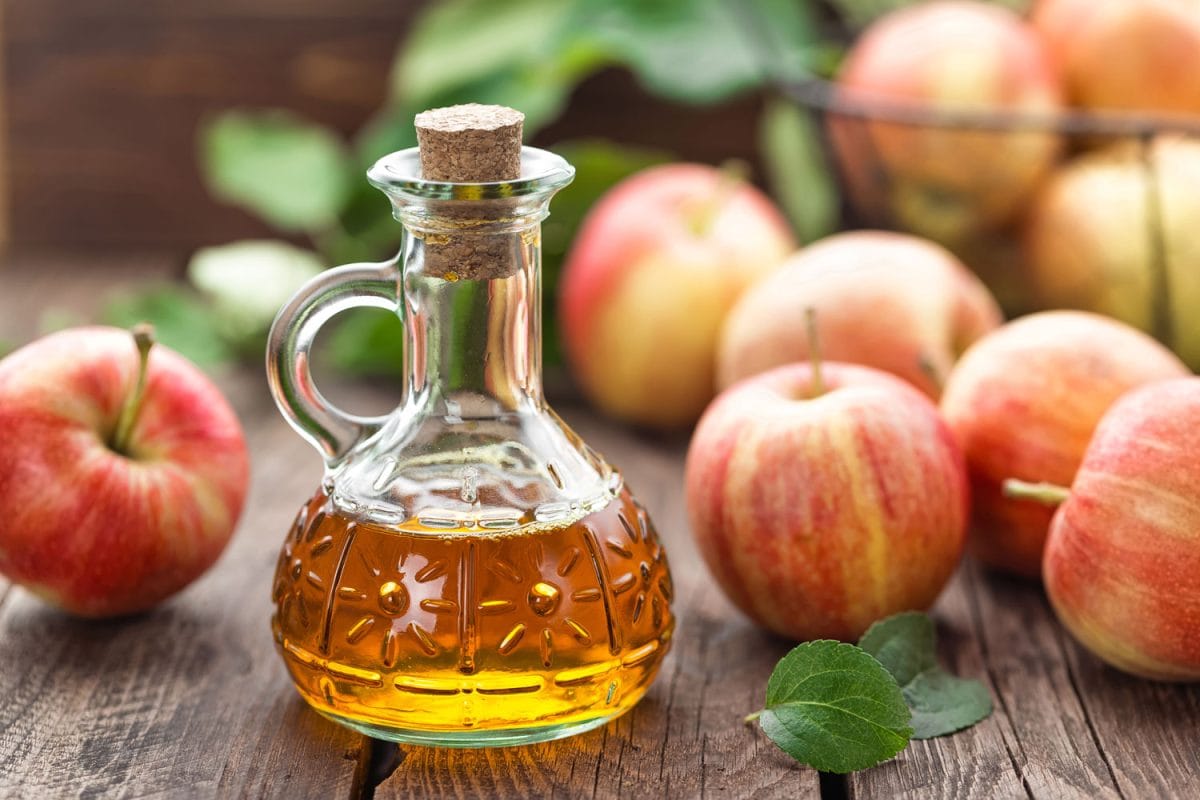
Apple cider vinegar is perhaps best known for its health benefits and use in home remedies. However, apple cider vinegar is also a great option for dressing a salad.
Check out this recipe from Cooktoria to learn how to whip up your own apple cider vinegar salad dressing.
Rice Vinegar
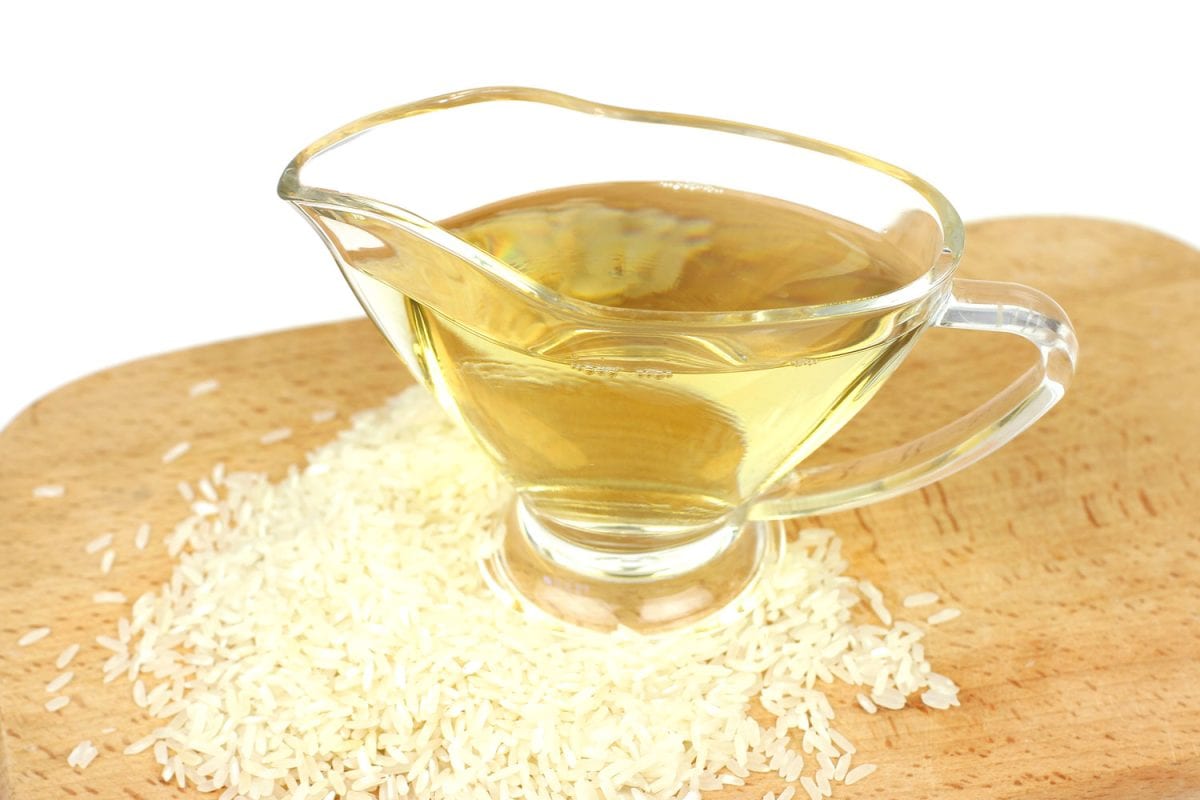
Rice vinegar (also known as rice wine vinegar) is especially typical in East Asian cooking.
Because of this, dressings that opt for rice vinegar also usually include other East Asian flavors, like soy sauce, ginger, and sesame oil.
You could also make a standard vinaigrette with rice vinegar, but if you want to mix things up, try this recipe for an Asian vinaigrette from The Spruce Eats.
Other Options
While the different types of vinegar mentioned above are all great for salad dressing, they aren't the only option.
The qualtiy that makes vinegar the perfect counterpart to oil in dressing is, largely, it's acidity.
Other acidic ingredients are great for making salad dressing or to substitute for vinegar. Lemon juice and lime juice are also great options to add acidity and flavor to your salad.
What's the ratio of oil to vinegar in salad dressing?
Salad dressings that are made with a combination of oil and vinegar are known as vinaigrettes. In fact, you only need oil and vinegar to make a vinaigrette, although other ingredients can add flavor and even help emulsify the ingredients.
The classic ratio of vinegar to oil ranges from 1:3 to 1:4. This means that for one tablespoon of vinegar, you'll want to add three or four tablespoons of oil.
Can you make vinaigrette without mustard?
Most of the recipes we've seen include mustard. Dijon mustard is particularly popular for vinaigrettes.
However, you do not need to use mustard in your vinaigrette. You can simply leave it out if you don't like the flavor.
However, you will find that your vinaigrette separates faster if you don't use mustard.
Why is this? Oil and water don't like to stay mixed together. Vinegar is mostly water, which is why it is necessary to shake or whisk vinaigrette to bring the vinegar and oil together.
Mustard works as an emulsifier in a vinaigrette. This means it helps keep the oil and vinegar together. It can't keep them together forever, but your vinaigrette will be much more stable with mustard than without it.
In Closing

There are so many great oils and vinegars that can be used to dress salads. We've covered some of the best and most popular so that you will be able to mix some up for yourself.
We've also seen the ratio for the vinegar and oil as well as the role mustard plays in most vinaigrettes.
If you found this article useful, be sure to check out these great reads:
How to Thin Out Ranch Dressing
9 Types of Oil that Don't Solidify in the Fridge


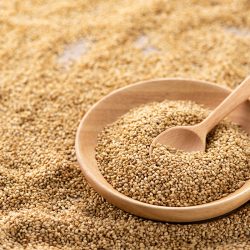
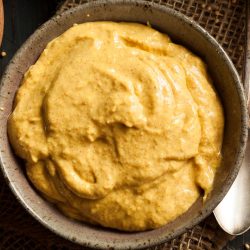
![A homemade lemon ranch dressing in a small jar with fresh greens, How To Thin Out Ranch Dressing [Store Bought Or Homemade]](https://kitchenseer.com/wp-content/uploads/2022/03/Homemade-lemon-ranch-dressing-in-a-small-jar-with-fresh-greens-250x250.jpg)
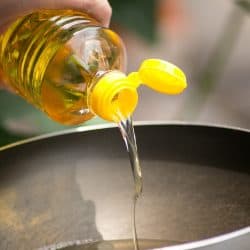
![Pour water into rice - How Much Water To Rice In Rice Cooker [Ratio By Type Of Rice]](https://kitchenseer.com/wp-content/uploads/2022/03/Pour-water-into-rice-250x250.jpg)
